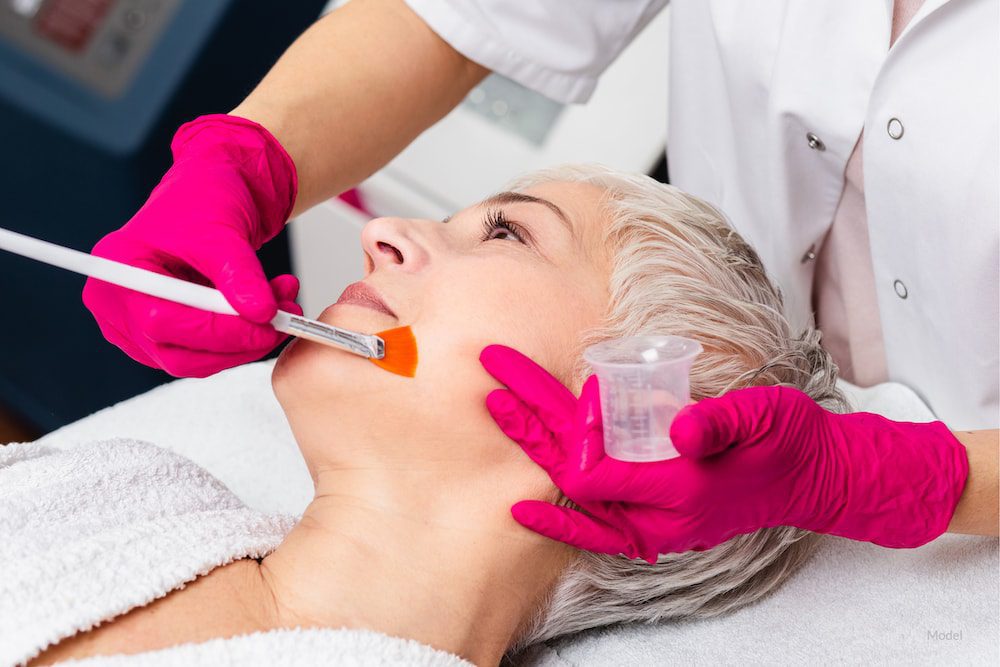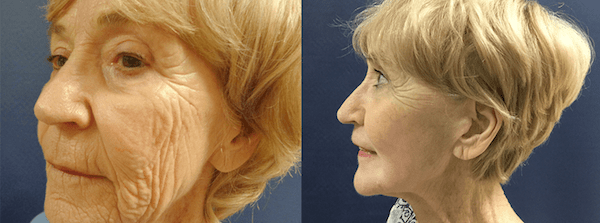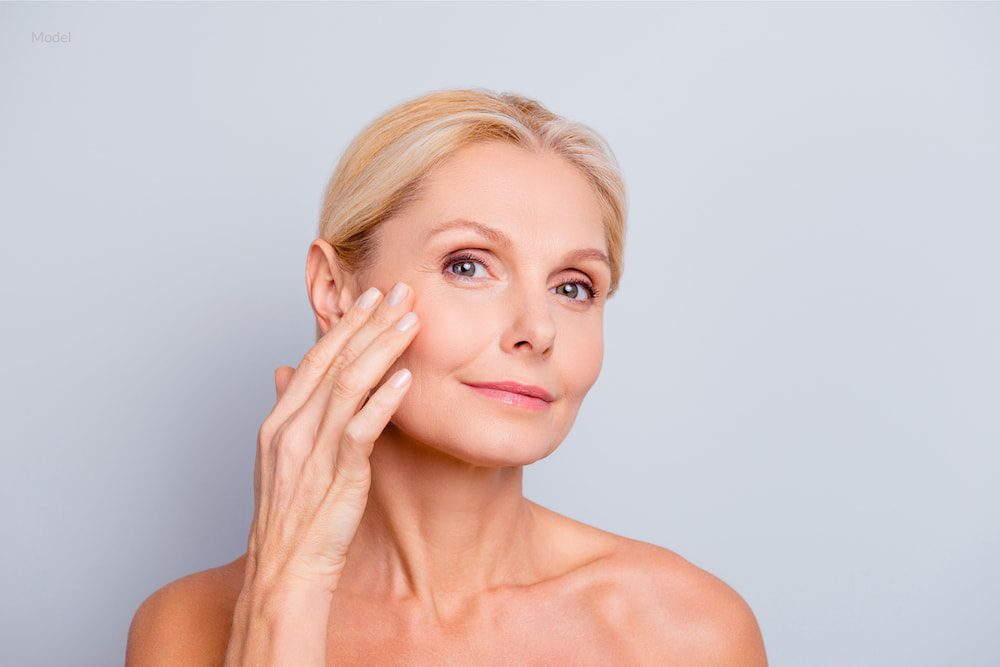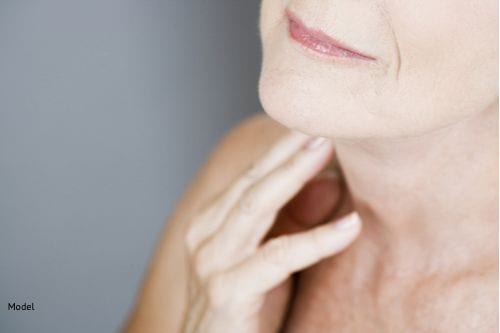7 Tips to Speed Up Your Facelift Recovery
Facelift | The Office of Dr. Vincent Hung

Recovering from a facelift can be smooth and efficient with the right strategies. While everyone heals at their own pace, some tips can help individuals speed up their facelift recovery and achieve the best possible results. This blog will elaborate on seven tips to help you minimize downtime and enjoy your rejuvenated appearance sooner.
4 Min Read:
What Is a Facelift?
A facelift, technically known as a rhytidectomy, is a plastic surgery procedure designed to reverse signs of facial aging. Benefits include smoother skin, a lifted appearance, and more youthful contours. This highly rejuvenating cosmetic procedure often yields dramatic results and can make patients look 10 years younger, or more.
How Long Is Facelift Recovery?
While every patient has a unique biology and timeline for healing, there are some general timeframes with facelift recovery. Typically, the first week is the most uncomfortable recovery stage, but patients feel better by the end of week one. After two weeks, most patients can return to work. After four weeks, many patients can resume their usual activities, including exercise. Minor swelling, bruising, tightness, and numbness can take a year to resolve. Naturally, patients want to know how they can help their bodies heal efficiently during this period for optimal results.
How To Speed Up Your Facelift Recovery
Follow Your Surgeon’s Instructions
This is the most important aspect of recovery, and applies to all the tips that follow in this article. Your surgeon’s instructions will be specific to your procedure, their techniques, their training, and your individual needs. Failure to follow these instructions could result in unnecessary complications or a prolonged recovery.
Manage Swelling and Bruising
Swelling and bruising are normal bodily responses in the post-operative healing process.
Cold compresses should be applied in the first 48 hours after surgery to help reduce swelling. In addition, keep your head elevated, even when sleeping, to minimize fluid accumulation.
Maintain a Healthy Diet
Proper nutrition drives healing. To improve your strength, do not skip meals, and make sure those meals consist of fruits, vegetables, whole grains, and lean proteins. These will give your body the vitamins, minerals, and macronutrients necessary for tissue repair and inflammation reduction. Avoid salt to reduce swelling. Hydration is also essential for multiple functions, such as removing toxins, so drink plenty of water.
Avoid Smoking and Alcohol
To heal optimally, your blood needs to deliver nutrients to the areas of your body that are recovering. Both smoking and drinking alcohol impair the ability of your cardiovascular system to do its job. Nicotine use has been proven to interrupt wound healing after surgery. Alcohol, on the other hand, can increase bleeding, bruising, and swelling and cause dehydration that negatively impacts healing.
Get Plenty of Rest
Most of your body’s healing takes place while you sleep and rest. Get at least seven hours of sleep each night, and supplement with naps, especially in the first few weeks. Rest also involves avoiding strenuous activities. Light activity, such as walking, is recommended to improve circulation and prevent blood clots.
Keep Incisions Clean and Protected
Most patients are concerned with wound healing after surgery, especially on the face. Ideally, a scar will be undetectable, be level with, and match the color of the surrounding skin. There are various products available, from silicone gels and strips to ointments and cleansers, that help with ideal scar healing. Wound cleaning, changing dressings, and protection from the sun’s UV rays are part of basic wound care. In terms of your specific incisions, always follow your surgeon’s instructions to ensure optimum healing.
Attend Follow-Up Appointments
These are non-negotiable if you want to ensure your recovery is going smoothly. Your surgeon can ensure you’re healing according to plan and address any developing complications before they progress. Be sure to keep all of your follow-up appointments!
Interested in Facelift Surgery in Pasadena, CA?
If you are considering getting a facelift, it’s important to choose a highly qualified and trustworthy cosmetic surgeon to ensure the best results. Dr. Vincent Hung is a triple board-certified plastic surgeon with years of experience in advanced surgical techniques and excellent patient care. Schedule a consultation today by calling (626) 623-7135, or call (949) 415-5195 for our office in Newport Beach. We look forward to hearing from you!









